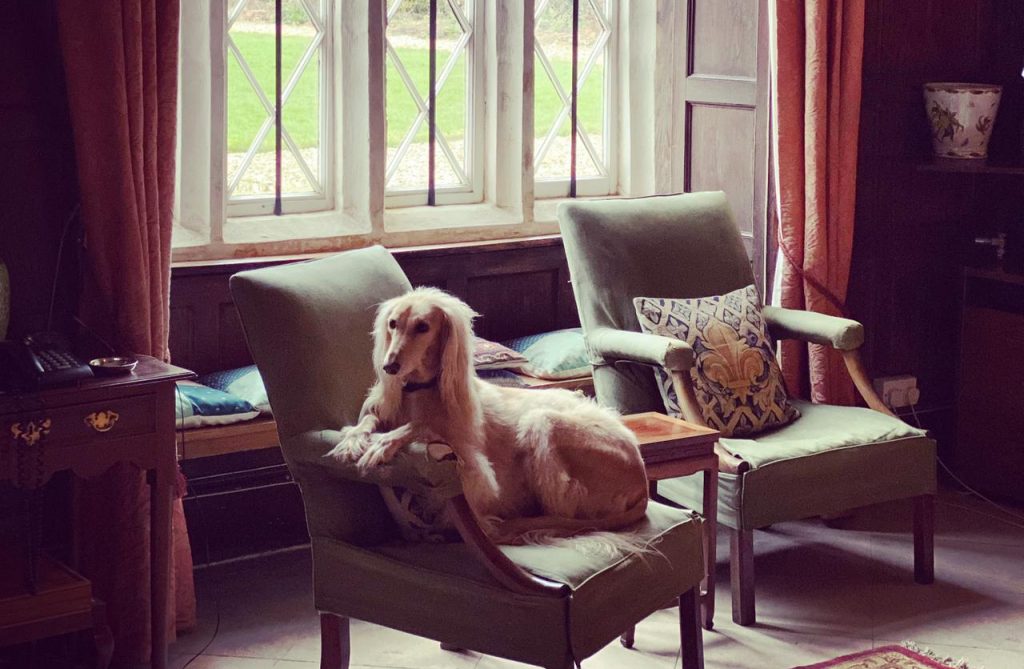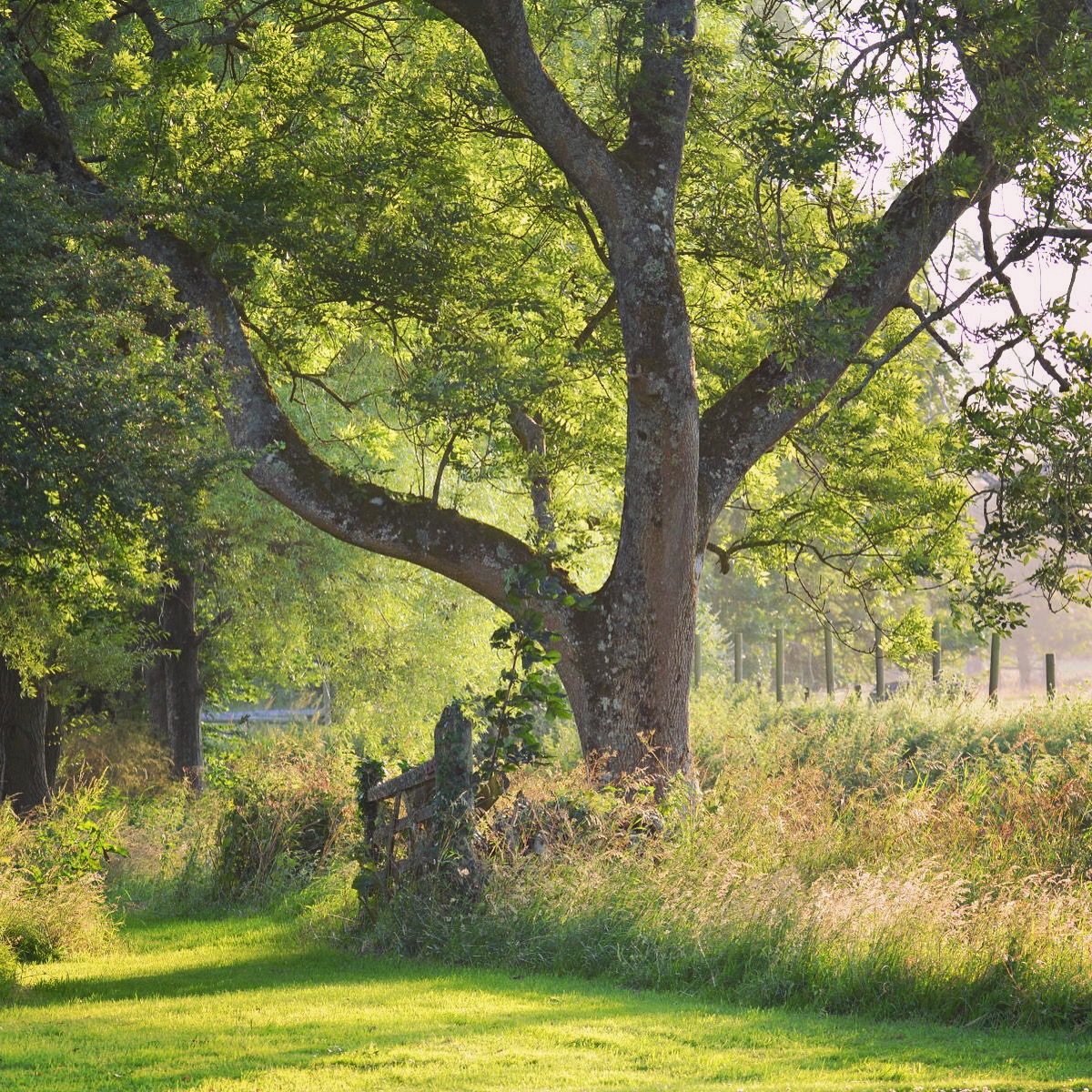Welcome to Herringston. We have compiled a little information on the house and grounds for those interested in the history and workings of the estate.
Winterborne Herringston, this little piece of the south Winterborne valley, had no name in the Domesday Book. It was shown as being held by an ecclesiastical tenant in chief, probably the Abbots of Bindon. Its earliest known name was Winterborne Beauchamp, after the Beauchamps of Hache, its sub-tenants. In 1243, according to Hutchins, Philip Hareng acquired the land from the Abbots of Bindon in exchange for some land he had at Chalvedon. Thenceforth this place was known as Winterborne Hareng. Some time after that date a house was built. The Royal Commission of Historic Monuments shows that the west and south faces of this house were built in the fourteenth century. That they are still standing says a lot for the skills of the fourteenth century stonemasons and perhaps a little for the maintenance programmes of many generations of occupiers. We say occupiers because it is not clear when the thirteenth century tenancy became what we now think of as ownership.
The original house was probably built on a square plan surrounding an inner court yard. We think this because, in 1338, Edward III granted Walter Heryng a license to crennelate. A person who felt the need to fortify his homestead would want to have room to bring his horses and cows as well as his fellow residents inside the safe space. This original house remained until 1582 when it was extensively rebuilt. The hollow square format was retained but the crenelation was replaced by four gables.
The 1582 rebuild was carried out by Sir John Williams. The family had waited a long time for this opportunity. In the very early fourteen hundreds John Heryng inherited Herringston but somehow, whether deliberately or not, allowed the Filiol family, with whom there was a family link, to occupy it. In 1416 the Filiols claimed Herringston in court and became the legally recognised occupiers. Thirty-five years later, in 1455, John Heryng died without issue and his sister and her husband inherited Herringston. Her husband was John Williams. But it was not until 1513 that the Filiol claim to Herringston was set aside by the Court of Chancery in London. In the same year another John Williams, grandson of the first, recovered Herringston from Sir John Filiol and moved in.
The issue was to do with an argument over the interpretation of the way in which Herringston had been entailed. John Williams recovered Herringston by a case of Common Recovery. This was a recognised legal fiction that enabled families to break a tail. It could only work between willing parties and the fee set by the court was usually not paid. (Lecture on medieval law courtesy of Google and Wikipaedia.)
The spirit of housebuilding in 1582 was moving away from the fortified farmyard model and towards a more modern approach of comfort, privacy and practicality, along with the demonstration of wealth and culture.
Winterborne Herringston has never been a parish with its own church but the 1582 house did have a chapel. The chapel was used for family prayers and there was, maybe still is, a crypt in which family members were buried. It was consecrated by the Bishop of Bristol in 1700 but, although services had been read in it since at least 1648 and probably earlier, it was never a parish church.
Towards the end of the seventeenth century Herringston was showing its age. The heavy stone roof was threatening the rafters and the courtyard layout no longer served good purpose. In 1802, Thomas Leverton designed a rehash whereby the front wing was removed and the courtyard was filled in to make the square house which forms the majority of what we see today. The number of gables was reduced to two and a much-reduced castellation was reinstated above the front door. As it happens, Edward Williams, who, much to his credit, commissioned the building work, did so despite having no intention of living at Herringston himself. He married a lady who shared his views on big old country houses and together they packed their bags and went to live out their lives in Bath. During this period Herringston was let to a Mr Bailey. That explained our puzzlement on opening the nineteenth century equivalent of a coffee table book and seeing amongst the list of subscribers a Mr Bailey of Herringston House, Dorchester.
Edward died in 1834 and his son James moved back into the house with no delay. His joy would have been severely threatened when, six years later (1840), Brunel planned the route of the Dorchester to Weymouth railway line to go along a bank five metres high about one hundred metres from the house. The passengers would have been at bedroom window hight and the noise, soot and smoke would have been hard to ignore. James went to London and spoke on the floor of the House of Commons and, fortunately for our family, the route was redirected some way to the west. Unfortunately for James he fell ill while in London and died there.
A hundred years after the Leverton rehash Edward’s grandson, another Edward, put on the finishing touch by adding the nursery wing onto the east end of the house.
The Heryngs were a family of great wealth and note. As well as Winterborne Herring they had Langton Herring, Chaldon Herring and what is now called Herrison. But only Winterborn Herring became known as Herringston. “Ton” or “ston” are, so they say, Saxon endings which imply “home of” so Herringston would be “Herring’s place”. We like to think that of all their land Herringston was where, by choice, they lived. The house where they felt at home. And We are thankful that for us it remains so.

The Herringston Estate is nestled amidst rolling English countryside, offering a rich tapestry of natural beauty. The land encompasses a variety of ecosystems including arable, pasture, woodland and rivers; each playing a vital role in supporting a thriving environment.
At Herringston we are passionate about protecting and nurturing this remarkable landscape. We actively participate in environmental schemes that promote biodiversity, soil health and sustainable farming.
